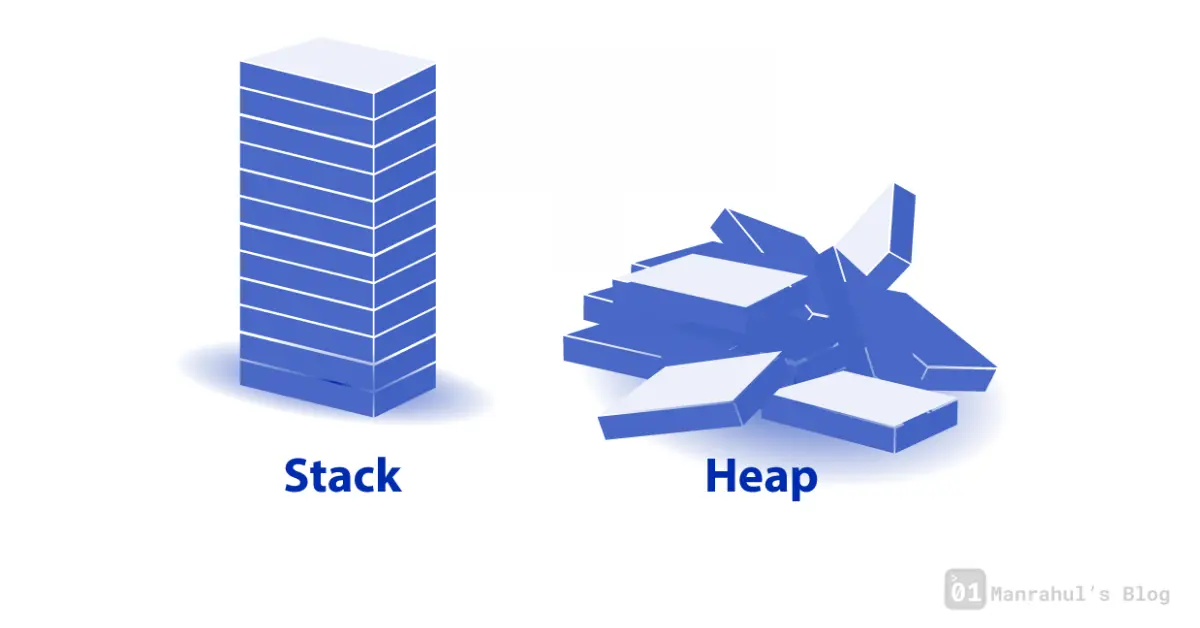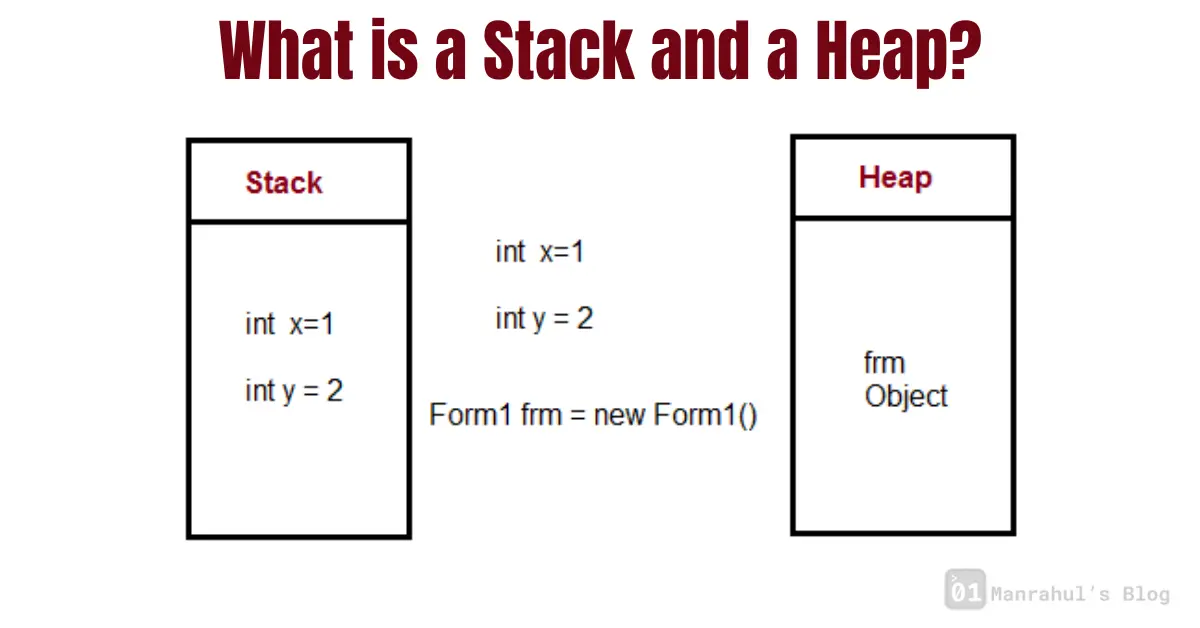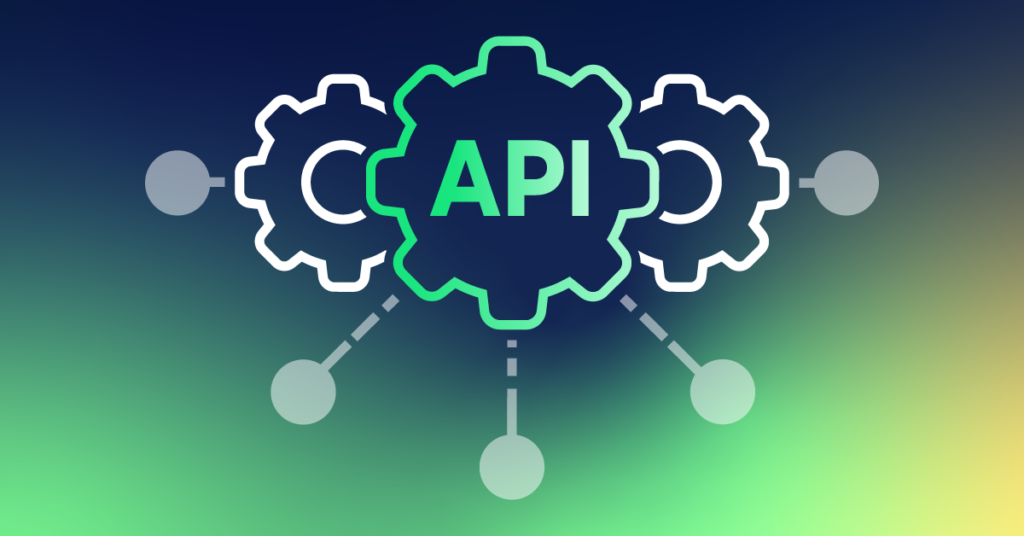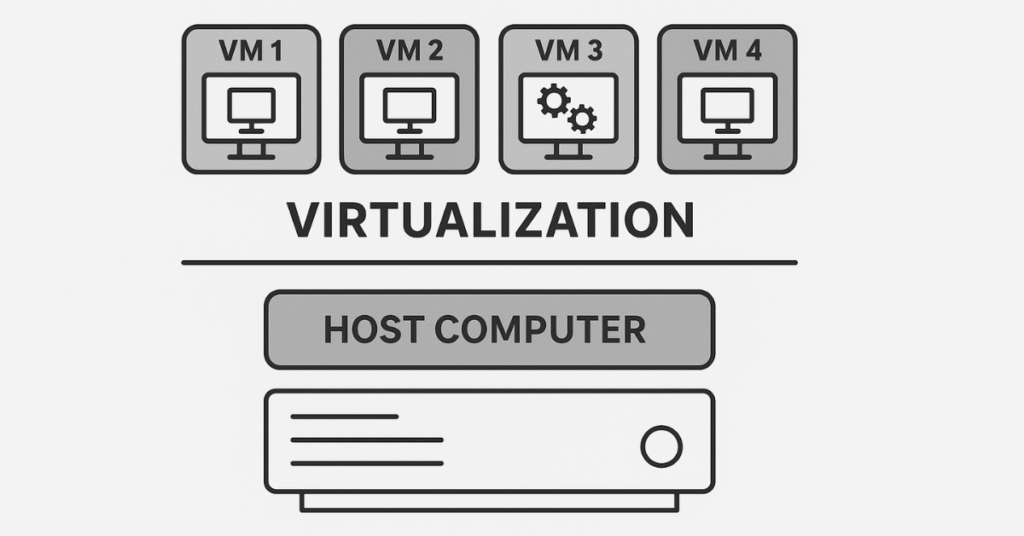Table of Contents
Stack and Heap Memory?
Let’s say Chomu is writing a to-do list app. One fine day, it crashes—and he’s clueless. He didn’t mess with the code. It worked yesterday. So what’s going on?
Behind the scenes, the crash was caused by a sneaky villain: memory mismanagement between something called stackand heap.
You don’t see it. You don’t control it (most of the time). But understanding how your program uses memory is one of the most underrated superpowers in programming. Especially when things go wrong.
In this blog, we’ll explore the stack and the heap — what they are, how they work, and how they impact the stability, performance, and health of your applications.
What Is Memory in a Program?
Your computer has two main kinds of memory for running apps:
- RAM (Random Access Memory): fast, temporary memory used during execution.
- Disk Storage: slower, persistent memory (like SSD or HDD).
When you open an app, it’s loaded from disk into RAM. But RAM isn’t just one big bucket. It’s organized. It has different zones. Two of the most critical zones for every program are:
- The Stack
- The Heap
These two zones behave very differently.
What is a Stack and a Heap? And Why Your App Can Crash Without Warning
Let’s say Chomu is writing a to-do list app. One fine day, it crashes—and he’s clueless. He didn’t mess with the code. It worked yesterday. So what’s going on?
Behind the scenes, the crash was caused by a sneaky villain: memory mismanagement between something called stackand heap.
You don’t see it. You don’t control it (most of the time). But understanding how your program uses memory is one of the most underrated superpowers in programming. Especially when things go wrong.
In this blog, we’ll explore the stack and the heap — what they are, how they work, and how they impact the stability, performance, and health of your applications.
The Big Picture: What Is Memory in a Program?
Your computer has two main kinds of memory for running apps:
- RAM (Random Access Memory): fast, temporary memory used during execution.
- Disk Storage: slower, persistent memory (like SSD or HDD).
When you open an app, it’s loaded from disk into RAM. But RAM isn’t just one big bucket. It’s organized. It has different zones. Two of the most critical zones for every program are:
- The Stack
- The Heap
These two zones behave very differently.
Learn more: Memory Management – How Your Computer Doesn’t Forget (Until It Crashes)
Introducing the Stack – The Fast and Predictable One
The stack is like a vertical tower of boxes.
Each time a function is called, a new box is stacked on top — this is called a stack frame. It holds the function’s:
- Parameters
- Local variables
- Return address
When the function is done, its box is popped off the stack.
Key features of the stack:
- LIFO: Last In, First Out.
- Very fast allocation and deallocation.
- Limited size (often a few MBs).
- Managed by the OS or runtime, not by you.
Why Use the Stack?
Because it’s blazing fast. Allocating and deallocating variables on the stack takes nanoseconds.
void greet() {
char name[10]; // allocated on the stack
}But there’s a catch — you can’t allocate huge or dynamically sized data.
Meet the Heap – The Flexible but Slower Sibling
The heap is more like a messy storage room.
You ask the operating system: “Hey, I need 2MB of memory.” The OS says: “Sure, here’s the address.” Now it’s your job to keep track of it and clean it up later.
char* name = malloc(100); // allocated on the heapKey features of the heap:
- Can grow (until system memory is exhausted).
- Slower than the stack.
- You manage it (in C/C++), or a garbage collector does (in Java, Python).
Why Use the Heap?
Because it’s flexible:
- You can allocate large blocks.
- You can allocate during runtime (dynamic memory).
The Evolution – Why We Have Both

In early computing (and still in embedded systems), memory was scarce. Systems were designed with strict rules:
- Stack for small, temporary data.
- Heap for dynamic and persistent data.
As languages evolved, memory abstractions improved:
- C required manual heap management with
malloc/free. - C++ added RAII and smart pointers.
- Java, Python, and JavaScript brought garbage collection.
Despite all progress, the core idea remains:
Use the stack when possible. Fall back to the heap when needed.
Real-World Problems – Why Apps Crash or Slow Down
Here’s where things get spicy.
1. Stack Overflow
If you keep calling functions recursively without an exit:
void loop() {
loop();
}Boom: stack memory runs out. Your app crashes with a stack overflow.
2. Memory Leaks (Heap)
Forget to free heap memory? It stays in RAM forever.
char* data = malloc(100); // no free() laterResult: over time, your app bloats and slows down.
3. Dangling Pointers
Free memory and still try to use it? That’s a use-after-free error. In C/C++, it leads to crashes or security bugs.
4. Fragmentation
Frequent small heap allocations can lead to gaps — like putting random-sized books on a shelf. It wastes space and slows down access.
Behind the Scenes – How OS Handles Stack and Heap
- The stack grows downward.
- The heap grows upward.
They start from opposite ends of memory and grow toward each other. If they collide — out of memory.
Modern OSes place guards to prevent this and may terminate the process if it happens.
Stack vs Heap: Side-by-Side Table
| Feature | Stack | Heap |
|---|---|---|
| Speed | Fast | Slower |
| Size Limit | Small (fixed) | Large (dynamic) |
| Allocation | Automatic | Manual/GC |
| Scope | Local to function | Global/Shared |
| Access Pattern | LIFO | Arbitrary |
| Errors | Stack overflow | Leaks, fragmentation |
What You Can Do As a Developer
- Use local variables when possible (stack).
- Avoid deep or infinite recursion.
- Be mindful of large memory usage — prefer lazy-loading.
- Free heap memory when done (if needed).
- Use tools: Valgrind, AddressSanitizer, memory profilers.



